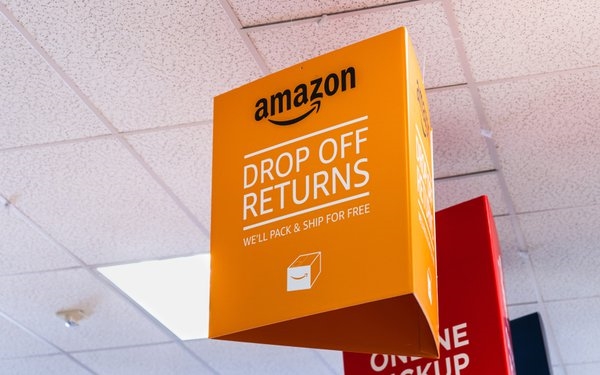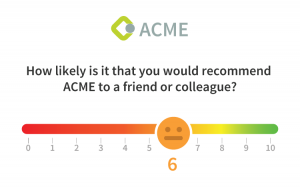Site Search Fixes To Reduce Massive Ecommerce Returns

Common search problems fueling the rapid growth of returns for retailers — specifically Amazon — are becoming a major issue for ecommerce brands.
Amazon customers returned $761 billion of merchandise in 2021. For every $1 billion in sales, the average retailer incurs $166 million in merchandise returns, according to a National Retail Federation survey.
Customers — especially millennials — will go to another site if they do not get the results they expect on the first search, often because COVID-19 and a broken supply chain forced many to find alternatives to their favorite items in 2021.
Among common search problems are misspelled words. Unlike Google Search and Bing search, site search often does not correct for typographical errors. On rare occasions, site search will return a query based on possible contextual meanings.
Then there are synonyms. A consumer may search for a jacket, but a site search only works for keywords like parkas. Concept or synonym searches — headache vs fever— is another example, according to Joe Ayyoub, chief revenue officer at Search.io, a site powered by artificial intelligence.
“These are just a few examples, but there are other, very subtle and not-so-subtle ones that matter too,” he says. “Consumers, particularly millennials, now expect search results to be personalized. They don’t just want any search results, they want stuff that matters to them like if they’ve bought an iPhone and search for ‘phone case,’ the retailers should know to prioritize iPhone cases.”
It’s also worth noting that search companies often power product listing pages as well, so the same kinds of results that appear in search can also be displayed dynamically on product list pages, he says.
Some retailers like Chewy.com do not take returns, with whatever reason the consumer gives — for example, that they ordered the wrong product, or in the case of a clothing item, it just didn’t fit — and this can cost the stores in terms of profit. Instead, they tell the consumer to donate the product to charity.
When asked how technology can solve the return rates for ecommerce, Ayyoub said that a merchandiser might decide to push products with a low rate of return or a high margin due to low returns, placing these higher in the search results. They also may limit or eliminate the visibility of products that have a very high return rate, or just limit those products to an in-person, physical store experience, so the customer can see and feel the product, and then decide whether or not to make the purchase.
“A report from WBR Insights noted that ecommerce executives are prioritizing investments for personalization, searchandising, and AI,” he said. “On average, they’re going to spend between 11% and 20% of their website budgets to improve search.”
Ayyoub said Amazon leverages more than 60 data points on a customer’s search activity, not including Alexa or other data the ecommerce giant has. In addition to personalization, companies are investing in merchandising solutions to better promote sales, high margin items, in-stock items, and more.
Common search problems fueling rapid growth in returns for retailers — specifically Amazon — are becoming a major issue for ecommerce brands, says Joe Ayyoub, chief revenue officer, Search.io, a site powered by AI. MediaPost.com: Search & Performance Marketing Daily
(29)
Report Post








